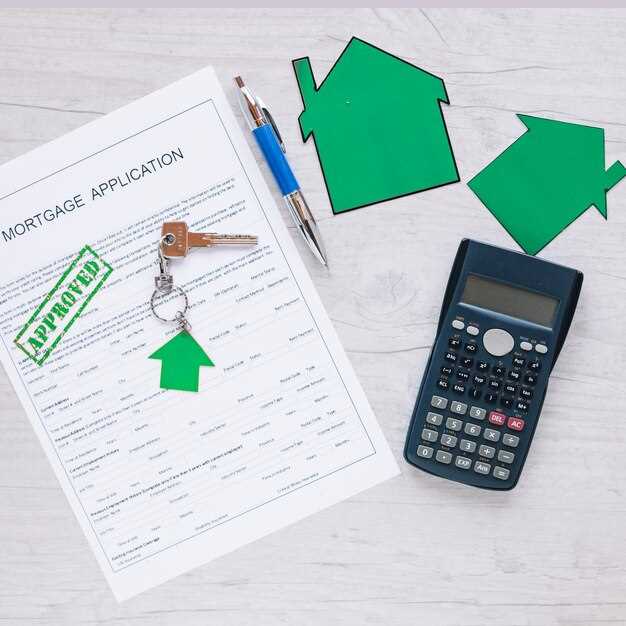Leasing vs financing – what’s better?


When considering the acquisition of a new car, two common financial options often come to mind: leasing and financing. Each choice comes with its own set of advantages and disadvantages. Making the right decision requires a thoughtful comparison of these two approaches to car ownership.
Leasing typically offers lower monthly payments than a traditional loan, making it an attractive option for those who prefer driving a new vehicle every few years without committing to a long-term financial obligation. However, it’s important to understand that leasing means you are essentially renting the car, which can come with mileage restrictions and no ownership equity. Thus, while the initial costs may be lower, there are other factors to consider.
On the other hand, financing allows you to take out a loan to purchase the vehicle, which gives you full ownership once the loan is paid off. This entails higher monthly payments compared to leasing, but in the long run, you will have an asset that can be sold or traded in. Understanding your driving habits, budget, and long-term financial goals is crucial in making the best choice between these two options.
Leasing or Financing: Which Option is Right for You?

When considering the acquisition of a new car, the decision between leasing and financing is crucial. Both options come with distinct advantages and drawbacks that cater to different financial situations and personal preferences.
Here’s a detailed comparison of leasing and financing:
- Ownership:
- Leasing: At the end of the lease term, you return the car without ownership rights.
- Financing: You own the car once the loan is paid off, allowing for long-term use and resale value.
- Monthly Payments:
- Leasing: Typically, monthly payments are lower as you are only paying for the depreciation during the lease term.
- Financing: Monthly payments tend to be higher since they cover the entire purchase price of the vehicle.
- Upfront Costs:
- Leasing: Often requires lower down payments, making it more accessible in the short term.
- Financing: Usually involves a larger down payment, which can increase initial costs.
- Mileage Limits:
- Leasing: Most lease agreements have mileage restrictions, leading to additional fees if exceeded.
- Financing: No mileage limitations, as you own the vehicle and are free to drive as much as you like.
- Maintenance:
- Leasing: Often includes warranty coverage, which can minimize repair costs during the lease period.
- Financing: As the owner, you are responsible for all maintenance and repairs once the warranty expires.
The choice between leasing and financing ultimately depends on your individual circumstances:
- If you prefer driving a new car every few years with lower monthly payments, leasing might be the better option.
- If you want long-term ownership, the freedom to customize your car, and eventual equity, financing is likely the more suitable choice.
Evaluate your driving habits, financial situation, and long-term goals before making a decision. Both leasing and financing have the potential to meet your needs effectively if chosen wisely.
Understanding the Costs: Upfront and Monthly Payments in Leasing vs. Financing
When considering a new car, it’s essential to evaluate the financial implications of leasing versus financing. Both options come with different cost structures that can influence your decision.
In a leasing arrangement, the upfront costs tend to be lower than in financing. Typically, a lease may require a smaller down payment, which can be appealing for those who prefer to conserve cash at the outset. However, you may still encounter fees such as acquisition fees, security deposits, and the first month’s lease payment. These factors contribute to the overall initial expenditure, but they generally remain less burdensome than financing provisions.
On the other hand, financing often demands a substantial down payment, particularly if you’re opting for a loan with favorable interest rates. This upfront payment significantly reduces the total amount financed, thereby lowering future monthly payments. Additionally, financing means you own the vehicle outright once the loan is settled, offering long-term value.
When examining monthly payments, leasing typically results in lower amounts compared to financing. This is because lease payments are based on the vehicle’s depreciation during the lease term rather than its full purchase price. Payments are structured to cover the car’s projected loss in value, making them generally more affordable.
In contrast, when you finance a vehicle, monthly payments are higher as they include both principal and interest on the total purchase price. Over the long haul, while financing leads to ownership, it can also yield higher monthly obligations compared to leasing.
Ultimately, the choice between leasing and financing hinges on your financial situation. If you prioritize lower upfront and monthly payments, leasing may be the more suitable option. Conversely, if you aim for ownership and potential equity, financing could be the preferable route despite the higher upfront costs.
Determining Your Usage: How Mileage and Vehicle Retention Affect Your Decision
When considering whether to lease or finance a car, understanding your expected usage is crucial. One of the key factors influencing this decision is mileage. Traditional leasing agreements often include mileage limits, typically ranging from 10,000 to 15,000 miles per year. Exceeding these limits can result in hefty fees at the end of the lease term.
For individuals who drive extensively for work or personal reasons, financing may be the more suitable option. By financing a vehicle, you can drive as much as you want without worrying about mileage penalties. This freedom allows for greater flexibility in your driving habits.
In addition to mileage considerations, vehicle retention plays a significant role in the comparison between leasing and financing. If you tend to keep your cars for a long time, financing is often more cost-effective in the long run. Once the car is paid off, you own it outright, which can lead to lower overall costs over time.
On the other hand, if you prefer driving a new car every few years, leasing might be appealing. Leasing typically offers lower monthly payments and the opportunity to drive a more recent model without the long-term commitment required in financing.
Ultimately, your decision should be based on your driving habits and how long you plan to retain the vehicle. Assessing your mileage needs and retention preference can help you make an informed choice that aligns with your lifestyle and financial situation.
Assessing Long-Term Value: Depreciation and Equity Build-Up in Loans vs. Leases

When considering the acquisition of a car, it is essential to evaluate the long-term value of leasing versus financing through a loan. One of the primary factors to assess is how each option affects depreciation and equity build-up over time.
With a loan, you are making a significant investment in an asset. As you make monthly payments, you are building equity in the vehicle. This equity represents your ownership stake and can be significant if the car holds its value well over time. Cars typically depreciate, meaning their market value decreases, but if you finance through a loan, you have the potential to recoup some of your investment when selling or trading in the vehicle. After the loan is paid off, you own the car outright, making it a long-term asset that can be beneficial.
In contrast, leasing a car often requires lower monthly payments compared to financing. However, at the end of the lease term, you do not own the vehicle, meaning there is no equity built up. The depreciation factor still plays a role; however, it is the leasing company that assumes the risk of depreciation, not the lessee. While leasing can offer advantages like driving a new car every few years, it does not permit long-term value accumulation like a loan.
Ultimately, the decision between a loan and a lease must factor in your financial goals, driving habits, and how much value you place on vehicle ownership. For those looking to build equity and potentially leverage the vehicle’s resale value, a loan may be the more favorable option. Conversely, if you prioritize lower payments and changing vehicles frequently, leasing could be more appealing, albeit at the expense of long-term value accumulation.



